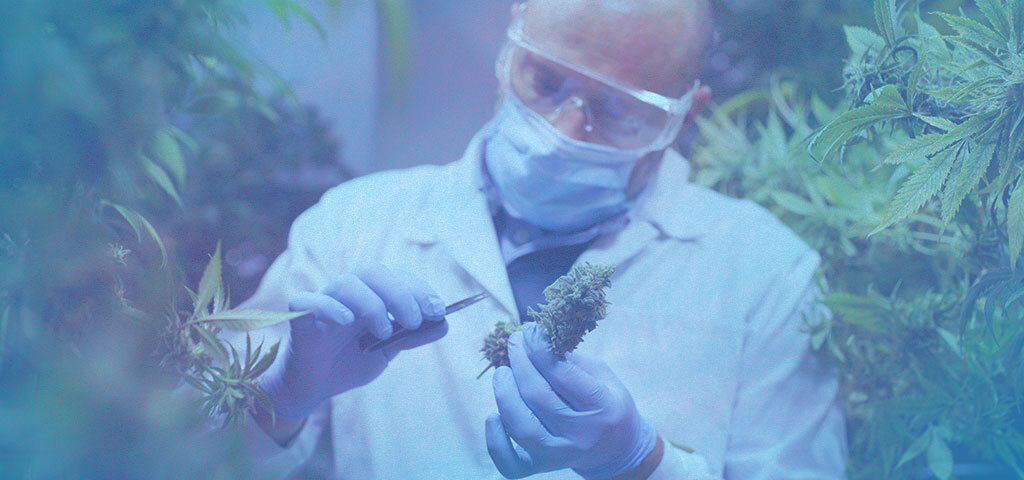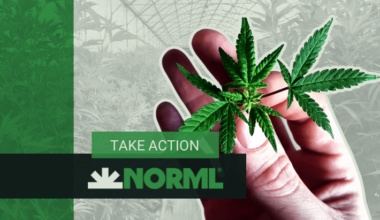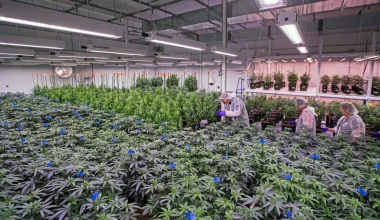A new study has determined THC concentrations in “herbal cannabis” and “cannabis resin” — more commonly referred to as “hash” — have risen significantly over the past 50 years.
Conducted by the Addiction and Mental Health Group at the University of Bath, the study looked at more than 80,000 samples analyzed in investigations from the US, UK, Netherlands, France, Denmark, Italy, and New Zealand. The researchers found THC concentrations in cannabis flower rose 0.29% each year between 1970 and 2017, for a total increase of about 14%. THC concentrations in hash products, meanwhile, increased 0.57% each year between 1975 and 2017 for an increase of about 24%.
Notably, an analysis of cannabis flower and hash products that were seized between 1995 and 2017 found no increase in CBD concentrations.
“In the context of typical use, our findings suggest that the quantity of THC in a typical gram of cannabis rose by 2.9 milligrams each year for all herbal cannabis, and by 5.7 milligrams each year for cannabis resin. These annual increases in milligrams of THC per gram of cannabis are in the range of low single doses that can produce mild intoxication, similar to a ‘Standard THC Unit’ of 5 milligrams. Changes in THC concentrations over time could also influence the efficacy and safety of cannabis used for medicinal purposes in the absence of standardized dosing information for illicit cannabis products.” — Excerpt from the study
The researchers believe the increase of THC in cannabis flower was due to an increase of the market share for sinsemilla — or cannabis with high concentrations of THC — and not due to an overall increase in THC among specific cultivars. Furthermore, they believe the elevation of THC concentrations in hash products (while CBD concentrations remained steady) can be explained by the increase of THC-rich material at the point of cannabis resin production.
Despite considering studies from around the world, the authors note that, due to the majority of the studies included in their research coming from the US, the results are not “globally representative.” Additionally, “non-randomized” sampling by law enforcement may have contributed to potential bias in the study.
Medical Disclaimer:
The information provided in these blog posts is intended for general informational and educational purposes only. It is not a substitute for professional medical advice, diagnosis, or treatment. Always seek the advice of your physician or other qualified healthcare provider with any questions you may have regarding a medical condition. The use of any information provided in these blog posts is solely at your own risk. The authors and the website do not recommend or endorse any specific products, treatments, or procedures mentioned. Reliance on any information in these blog posts is solely at your own discretion.






